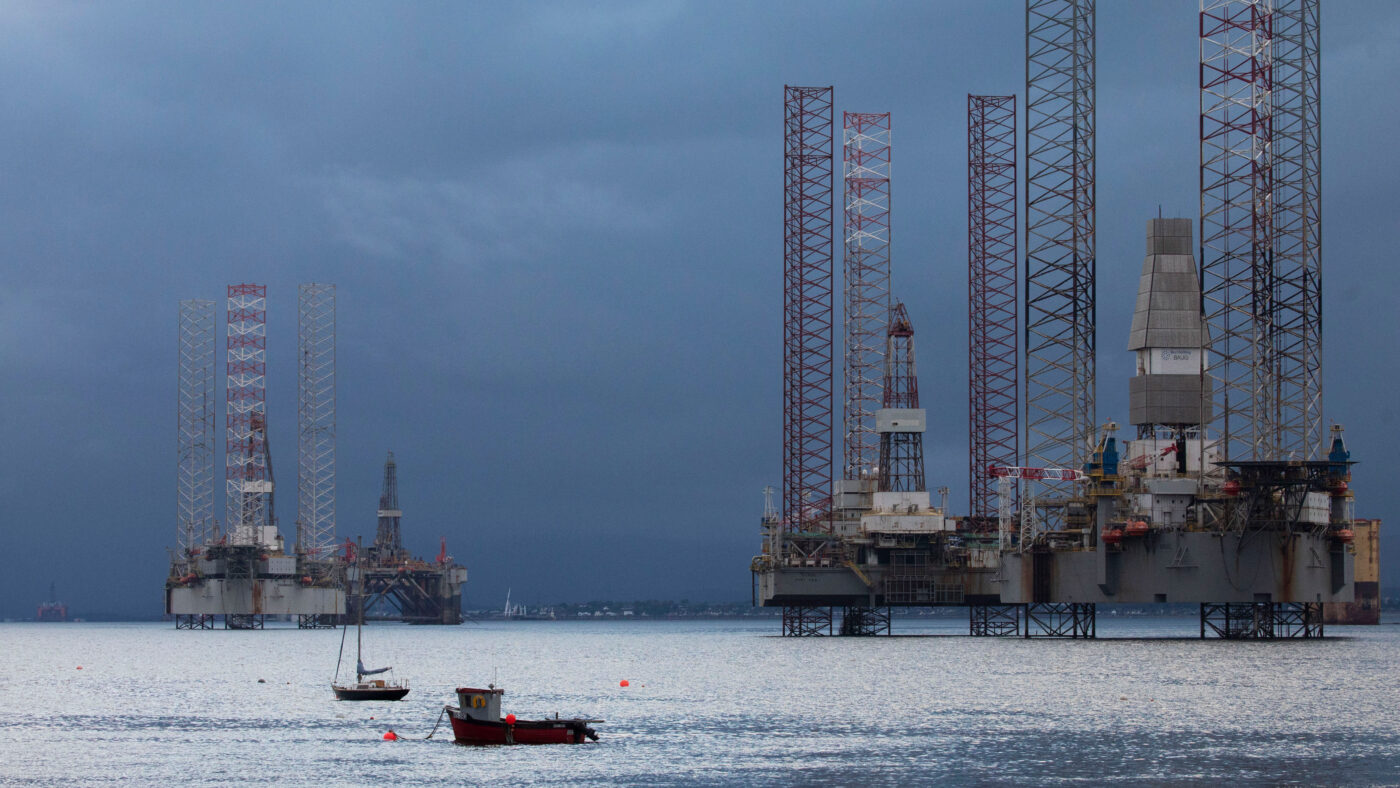To the surprise of no one who understands the sector, the Government’s North Sea windfall tax (or ‘Energy Profits Levy’) is hurting investment.
Having imposed a 75% profit tax on (compared to 19-25% that prevails in the wider economy) and committed to keeping it until 2028, ministers have faced a slew of headlines about capital flight. Among them is the Equinor Rosebank deal, delays to which risk putting £24bn of investment at risk.
Fortunately, the same ministers now have a solution, of sorts: a floor price, catchily titled the Energy Security Investment Mechanism (ESIM), that knocks the windfall tax down to 40%, provided certain conditions are met.
While any reduction in an ill-judged tax is welcome, this proposal is too little, too late.
It’s worth remembering that the original Energy Profits Levy was itself a panicked reaction to the temporary phenomenon of the ‘obscene’ profits resulting from the end of the pandemic and the invasion of Ukraine. Oil prices were rising, gas prices spiked, but both have fallen considerably since. That was a result of events, but also supply-side reactions to high prices – for example building floating LNG terminals to relieve Germany, or burning more coal. The overall lesson here is that markets and the price mechanism have done what they are supposed to.
The floor price they have now chosen is complex and geared towards supporting Treasury returns rather than allaying industry concerns. It kicks in if the oil price averages $71.40, or the gas price 54p a therm, for six months or more. It is a price chosen on the basis of the 20-year average for both commodities, but prices a little above average are no reasonable person’s definition of ‘a windfall’.
It’s also clearly too low for current conditions. There was a long period low price stability before the current crisis, such that the use of the long benchmark drags the average down, and makes it slow to adjust to sustained period of higher prices today, which are likely. OPEC, for example, have been targeting $100 a barrel for over a year. Firms will still be paying windfall taxes on prices below the likely ‘typical’ oil price for years to come.
All of this, before the added negative signal of the Labour Opposition’s decision to block all new drilling if they win the next election. This does then look like an ‘Invest in Britain’ pitch along the lines of ‘lower taxes only if covid lockdown-like conditions return’, and ‘you’ll probably have your project canned before you even start paying them’. Hardly compelling.
The best decision then would have been to admit over-reaction and scrap the windfall tax. We are 75-80% dependent on fossil fuels for our energy mix, and the only serious medium-term alternative to using our own resources are imports. Increasing imports however exposes us more to global shocks and higher emissions – LNG emits more than double the greenhouse gases than gas drilled here. The plan puts 215,000 North Sea jobs at risk, for no sensible reason bar ‘showing climate leadership’. Meanwhile low carbon investment, the preferred plan of all parties, will help, but not quickly enough. That is if can even by funded, even Labour have pulled back on their £28bn a year pledge.
The Sunak administration will not do this, fearing a backlash from ‘Green Tory’ climate wets who like feeling virtuous at dinner parties; ‘One Nation’ Tory social democrats who are keener on Stalinist transition plans; and communitarian nimbies who hate infrastructure of all kinds. They really would rather pay Saudi and Qatari taxes for their heat and power than employ Scots.
The timid tinkering floor price instead illustrates the point made in October that we do energy policy by ‘ratchet intervention’ in this country. Meaning one costly policy after another is introduced to offset the damage by the last, rather than reversing course.
An alternative suggested in April was that the Government and opposition link up. Trust is so low, and investment timelines so long that bipartisanship might be necessary to get investor attention. They could agree a tax position that reflects both our economic and energy security needs, and their mutual if sub-optimal political desire to match rates to market conditions.
This might look like a 40% rate for ‘normal prices’ between $50-$100 a barrel, 55% for $100-150 and 25% for below $50. Possibly a Norwegian style 78-80% for anything higher than $150. It would require the rates to be set for a decade at least, and preferably longer, by mutual agreement.
Where it comes to energy sources such as wind and nuclear, all the parties get this. They have gone out of their way to create 15-35 year guarantees on returns., and green growth plans are littered with paeons to ‘investor certainty’. This is also sub-optimal; a liberal market system would encourage competition and carbon pricing ensuring cost-effective decarbonisation, rather than supporting producer interests. But it’s still better than the chaos of random taxes and complexity.
If the Government has read the industry correctly, the Rosebank deal will now get over the line. If Rosebank investors have read the opposition correctly, it won’t. Either way, the prospects for future projects are uncertain, within a general context of a high-tax, high-regulation, Net Zero-obsessed, hostile operating environment. One that must surely spell the end of the industry unless something drastically changes.
Click here to subscribe to our daily briefing – the best pieces from CapX and across the web.
CapX depends on the generosity of its readers. If you value what we do, please consider making a donation.


